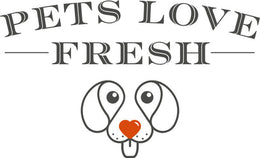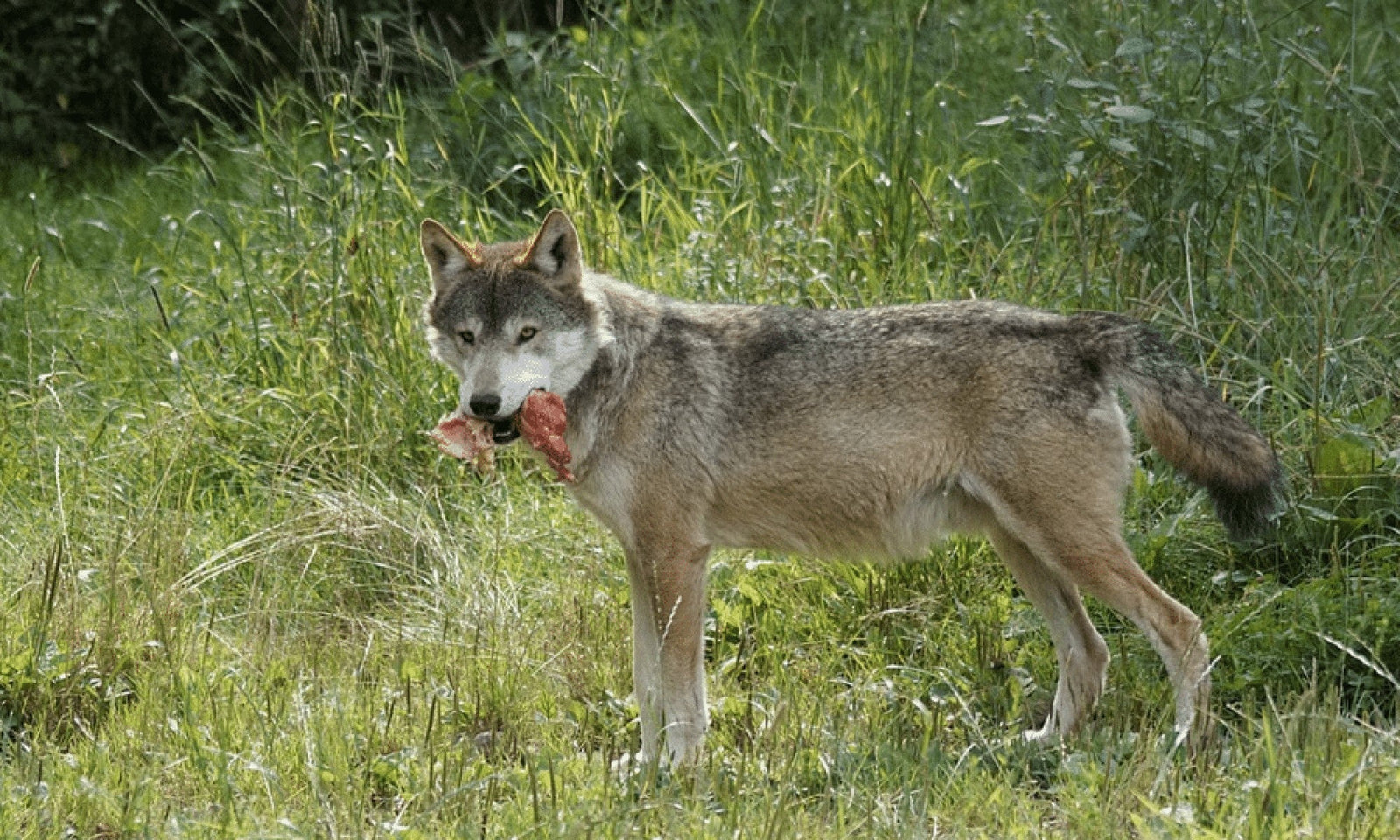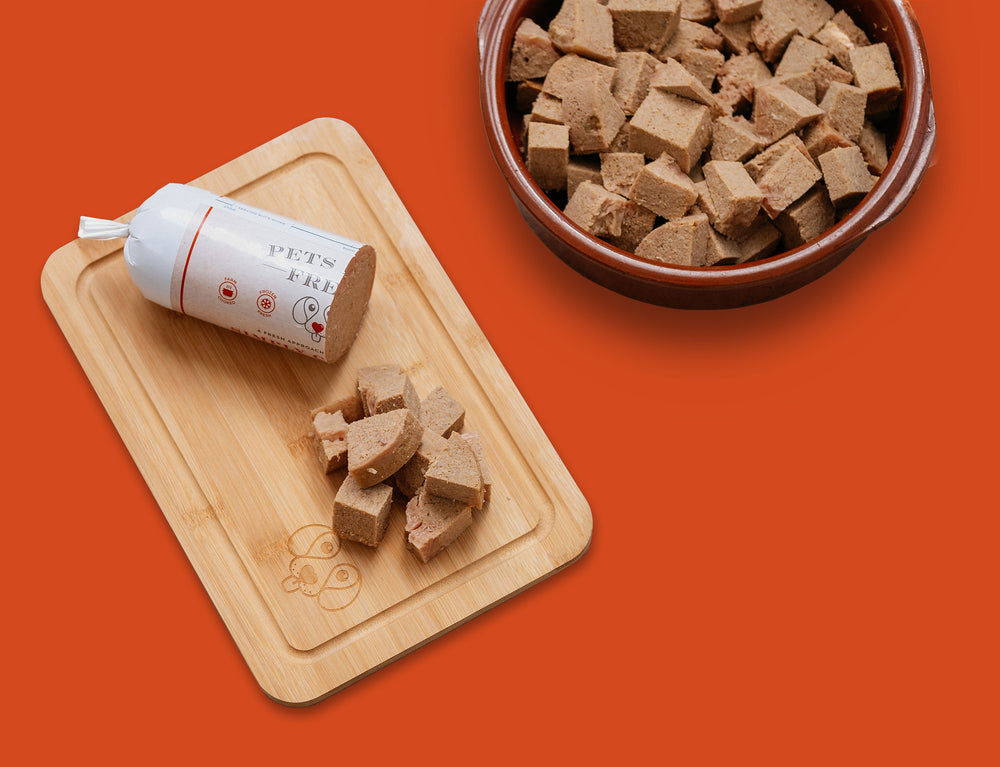The Benefits Of A Raw Food Diet For Dogs
Raw meat-based diets include home-prepared and commercial diets. Commercial products are typically supplied fresh, frozen, freeze-dried or as part of a premix including raw meat. Often used to supplement kibble diets, raw is increasingly being used as a complete substitute for commercial dry and wet foods.
Raw diets have been advanced over the years by offering a more ‘natural’ diet for dogs and claiming benefits over conventional processed foods. Many of the benefits include better oral health, improved digestion and gut flora, shinier, healthier skin and coats, reduced allergy incidence and increased energy and stamina. A major benefit of raw food is that the ingredients used are of human or near human standards for consumption, and therefore are of much higher quality than those in commercial dry and wet foods.
A big selling point of raw diets is that they provide a similar diet to what the dogs ancestor, the grey wolf, eats. Raw diets avoid the cereals and carbohydrates which are so common in many commercial processed dog foods. Similarly, most raw diets avoid the use of preservatives and many of the additives found in nutrient poor kibble pieces.

Wolves eat an entirely raw diet and as the ancestors to dogs it is often thought that dogs should have the same diet. Studies have shown that dogs do differ in their digestive system and are therefore able to eat a more varied and cooked diet.
Raw diets are arguably better for our dogs than the super roasted kibble which is the product of the extrusion process. However, they are not ideal and have the potential to cause harm, not only to our dogs but also to us as the owners.
The Problems With Raw Food For Dogs
Where raw diets fall short is in the nutrients they provide and their inconvenience to prepare. Home-prepared raw diets allow you to carefully choose the food you give your dog, taking into account any dietary requirements, such as allergies, they might have. But they are often time consuming to prepare, and many of us do not have the time to dedicate to prepare them every day. At the same time, as hard as we might try, deficiencies in one nutrient or another crop-up, putting the health of our dogs at risk.
Several studies have found home-prepared raw food diets to be deficient in various nutrients. Many of the recipes used to make home-made diets are from non-verifiable origins and merely provide anecdotal evidence as to why each ingredient should be used.
Even commercial raw diets commonly have nutrient imbalances with specific vitamin and mineral deficiencies. High vitamin D levels in some brands were of particular concern as incorrect quantities of this vitamin can lead to renal dysfunction in dogs. This is the same issue that has led to the Hill’s dry dog food recall.

Commercial raw food typically comes in paste form, and needs to be frozen before use. Thaw ‘juice’ forms after thawing, which can be a good carrier of harmful bacteria and is easily spread.
A major draw of raw diets is the high bone content. In many commercial brands the bone is ground in the food. While bone is very beneficial for dogs and should make up a portion of their diet, RMB (Raw Meaty Bone) diets can provide it in too high a quantity. This essentially reverses the benefits associated with raw diets, causing digestive issues and blocked bowels.
While dogs have a much better immune system than we do, they are still at risk from pathogens which have a higher tendency to develop in raw food. These are typically associated with parts of the animal not regularly consumed by people, like the brain and liver, which are found in some raw foods.
Examples Of Raw Food Being Dangerous To Humans
Caution must be taken when handling raw food, be it for human or dog consumption. The risk of disease spreading is that much higher though when you are preparing an almost entirely raw, meat-based diet for your dog on a daily basis. Even commercial raw food contains a high risk of carrying pathogens, with the freezing process typically used to store the food not being enough to kill bacteria and viruses.
Humans have a much weaker immune system than dogs. Raw food may not harm a dog, simply passing straight through their system. Bacteria such as Salmonella spp and multidrug resistant E.coli which pass through a dogs digestive system, on the food, without any harm to the dog, are very dangerous when humans come into contact with them.
As it is our dogs inadvertently spreading the disease in their faeces, it is much harder to control contamination, either from your own dog or other people’s dogs. This potential to spread diseases to others is a real risk, with our parks and streets acting as reservoirs of these bacteria. Raw food bits in the dog’s saliva after a meal, spread through licking things and drooling, also pose a potential hazard by spreading harmful bacteria in the house.
Raw Foods Are Better Than Kibbles But...
The fresh and largely wholesome ingredients found in most commercial and home-prepared raw pet foods are undeniably better than kibble and tinned foods. Issues arise however when nutrient deficiencies crop up, particularly in home-prepared diets, and the potential for harmful bacteria to spread is increased.
Low temperature cooked foods offer the best option for our dogs’ health. Like raw, many brands use human quality ingredients which are fresh and balanced for our dogs’ health, including all the essential nutrients required. Unlike raw food, the ingredients are cooked at low temperature so as to kill off harmful pathogens, yet not so hot that the essential vitamins, proteins and fats are damaged in the process.
By preserving the benefits that fresh and high-quality ingredients provide, while at the same time removing pathogens which could be harmful to our dogs as well as to us, low temperature cooked dog food offers the safest healthiest and most convenient option for feeding our beloved dogs.
Shop our nutritious taster packs for dogs and puppies.


